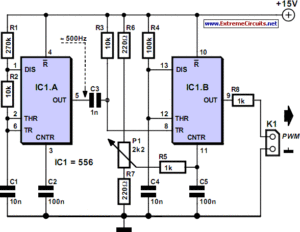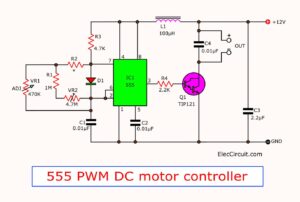Pulse Width Modulation (PWM) Schematic Designing, which can generate variable levels of power compared to other less efficient modulation methods.
The principle of PWM is used in many applications, such as telecommunications, audio effects and lighting, and electronic devices that can generate PWM signals through a microcontroller.

Pulse Width Modulation Schematic Designing
Let’s take a look at the electronic effects of PWM and how to best layout the printed circuit board of a PWM microcontroller.
Pulse width modulation is a method of modulating power by changing the pulse width instead of changing the signal frequency. This will use digital circuits instead of analog circuits to generate variable voltages. Digital circuits usually generate only two voltages: high voltage and low voltage, or on and off.

Pulse width modulation is a method of modulating power by changing the pulse width instead of changing the signal frequency.
In order to generate PWM power from a digital signal, the signal is decomposed into ON and OFF. The duration of the pulse cycle is constant, but the time the pulse is in the ON or OFF state will change






